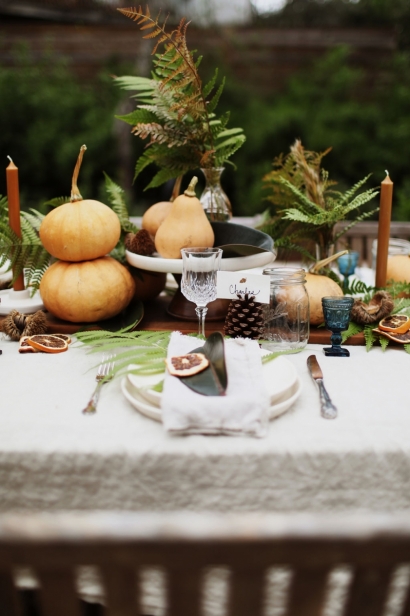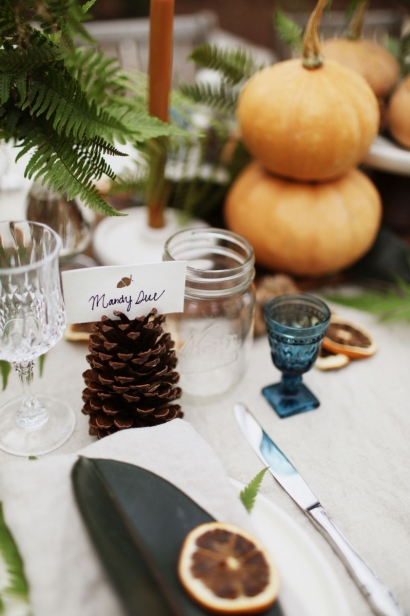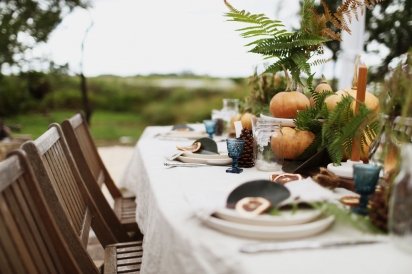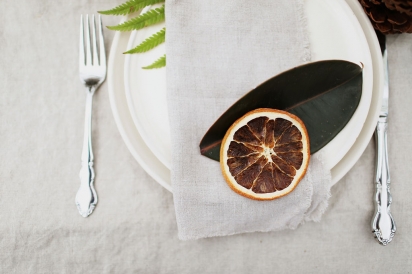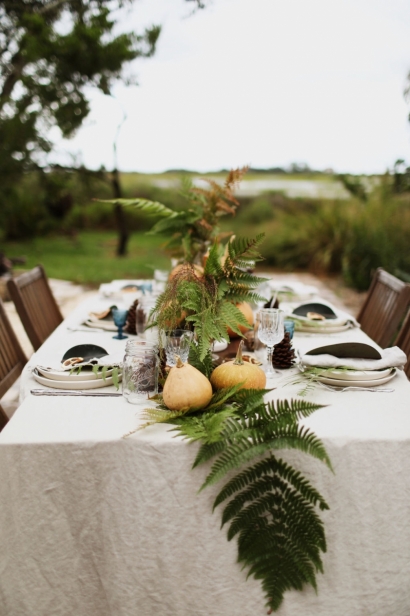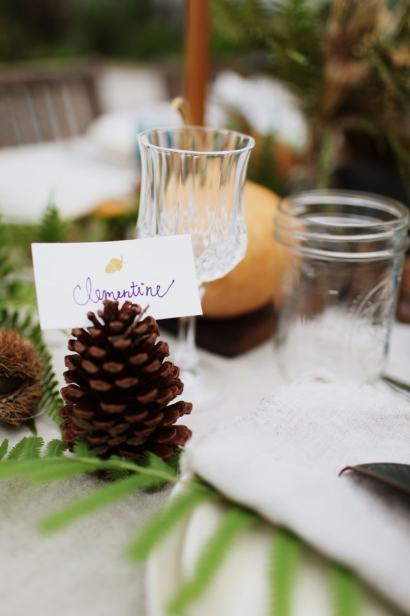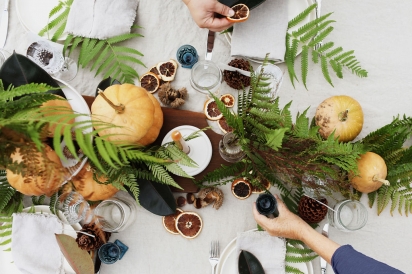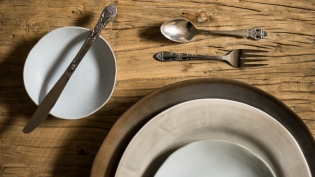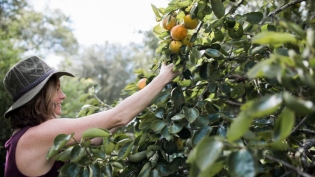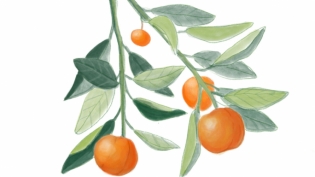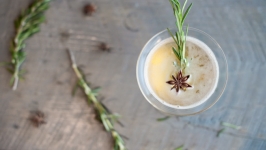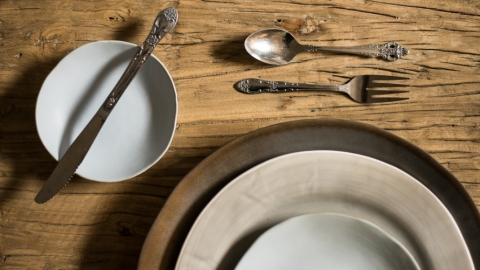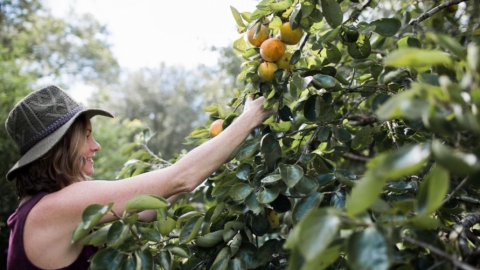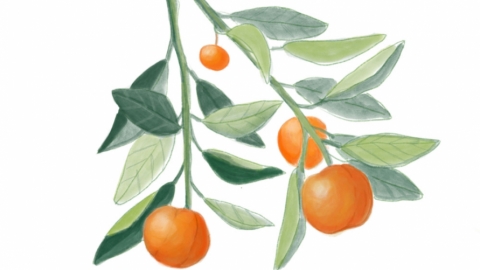Five Tips for a Perfectly Foraged Tablescape
Gathering at the table during the holidays is about community and the love of family and friends. One of my favorite traditions of the season is when my mother, sister and I set the table together; this ritual has become a moment of joyful creativity in what can otherwise be hectic days. Our tabletop design is based on foraging for what is readily available in the yard, along with some seasonal items picked up at the farmers’ market and some other easy DIY projects. This keeps the decor cost effective and adds a beautiful sense of place.
HOW TO CREATE FORAGED TABLESCAPES
1. Start by checking what you have growing around your house. Many common vegetation can function as both landscaping plants as well as indoor decor. Foliage such as ferns, magnolia leaves and ornamental grasses are often readily available and can be used as the foundation of a design. Seasonal produce such as winter squash, Seminole pumpkins and citrus add another organic element to the tablescape.
2. Dehydrated orange slices are easy to make. Cut oranges into ¼-inch slices and place in a dehydrator for two to three days at the lowest setting. Or place them on a wire rack on a cookie sheet and set them in your oven at 200º for 6 to 12 hours or until completely dried. Store from year to year in an airtight container with some silica packets.
3. To create depth in your display, find different hues of the complementary colors. Add texture by including hard and soft items. Ribbon and linens soften up the look, while nuts, wood and candle holders anchor the table. Chestnuts in their spiny burrs add texture, though be careful handling these very sharp cupoles (the outside of the chestnut shell).
4. Add height to the table with different layers and platforms. Incorporate a cake stand, taller vase or an upside down crate to the center of the table. Think of the design like a bell curve (no math required). For more height, use pine cones to hold hand-stamped name cards at each place setting.
5. Add some rustic touches with hand-dyed, homemade linen napkins. Wash and dry the fabric first. Iron flat and cut out the desired napkin size. Sew a ¼-inch seam around the edge (without folding). Next time you wash and dry them they will fray just to the seam. To dye the linen, place six to eight tea bags per one-half gallon of water in a large saucepan. Bring the water to a boil, then turn off the heat and let water cool. Add linen to the tea solution and gently stir to ensure all the fabric is covered. Let soak in the tea solution for 20 to 30 minutes, then rinse in cool water and line dry.



